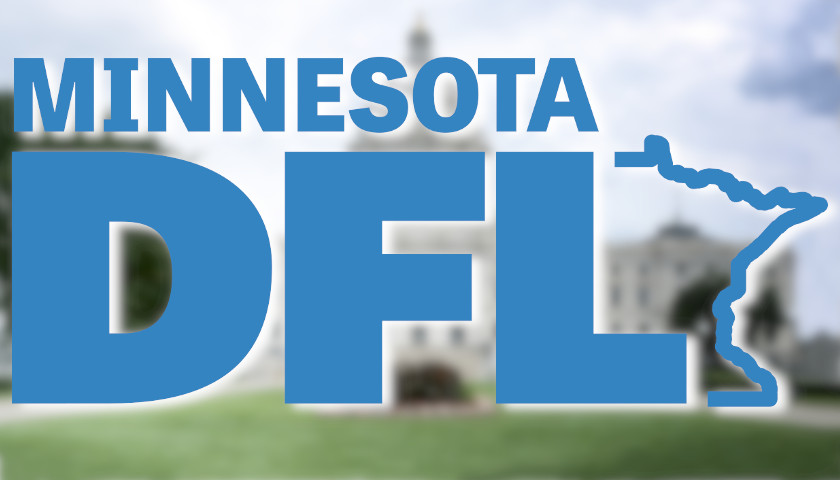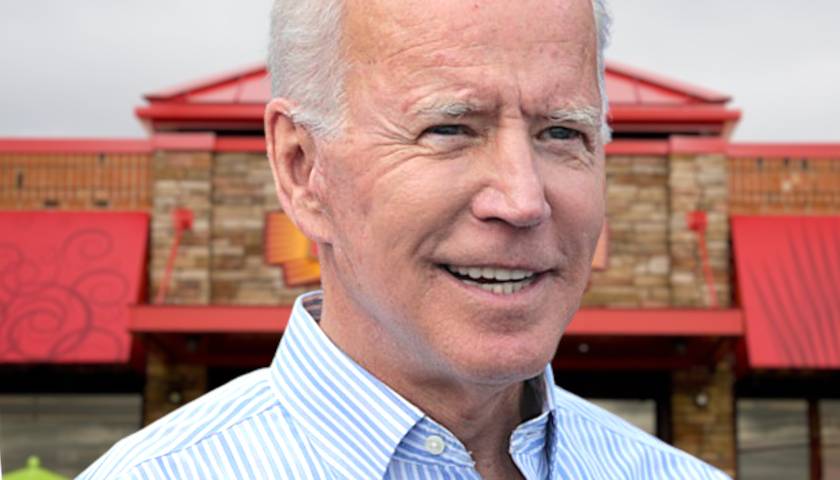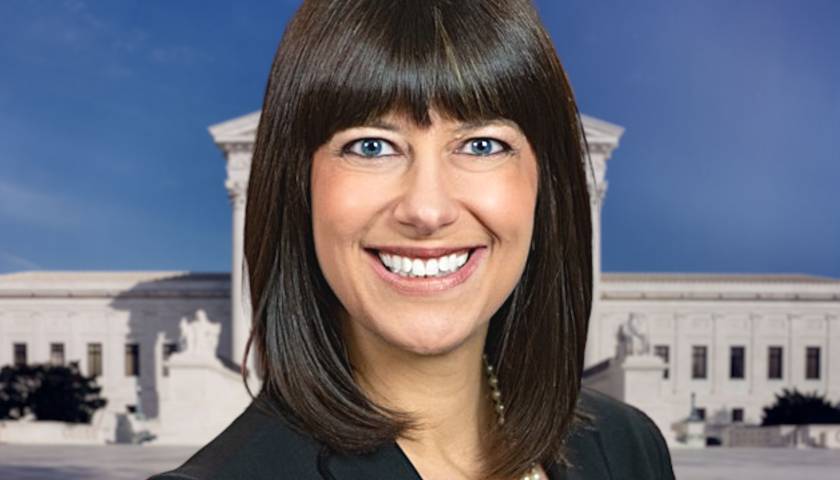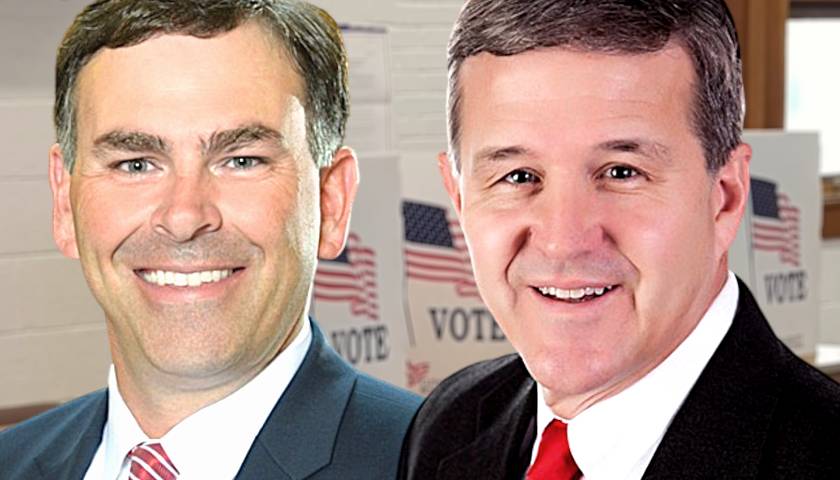Since many of our stories receive national attention, readers are often confused by the odd acronym frequently appearing in our headlines. What the heck is the DFL? And who is a DFLer?
The Minnesota DFL Party is the state’s Democratic Party. DFL stands for Democratic-Farmer-Labor, a name stemming from the 1944 merger of the Minnesota Democratic Party and the Farmer-Labor Party. The latter originated in 1917 when the Farmers’ Nonpartisan League and the Working Peoples’ Nonpartisan League entered candidates on the statewide ballot under the name Minnesota Farmer-Labor Party.
The Minnesota History Center points out that the Farmer-Labor Party was “an unlikely coalition of two seemingly disparate groups, rural and urban,” or farmers and laborers. They were a group of “radicals and reformers” with populist and socialist policies, including public ownership of railroads, utilities and natural resources, an end to prohibitions on unionization, anti-monopoly programs, a moratorium on farm foreclosures, banking reform, and a state income tax, according to historian Tom O’Connell.
The Farmer-Labor Party experienced tremendous political success in the 1920s and throughout the 1930s, winning four U.S. Senate races and electing three governors, but it struggled to elect majorities to the State Senate. The party did, however, surpass the Democratic Party as the main opposition to the Republicans, who dominated state politics in the 1920s.
O’Connell suggests that the 1930 election of Floyd B. Olson to the governorship marked the beginning of the “high tide” for the FLP. Olson was reelected twice and “sparked dramatic growth in Farmer-Labor participation.” The FLP won six of the state’s then nine congressional seats in 1936, controlled the governor’s mansion and held a majority in the State House.
But the party’s political power began to collapse in 1938 when Republican Harold Stassen won the gubernatorial race and the American economy improved, which meant a decline in support “for the FLP’s Depression-era policies,” says O’Connell.
The FLP agreed to join with the Democratic Party in 1944 in order to unite behind the reelection of Franklin Roosevelt under a merger orchestrated by a young Hubert Humphrey, creating the Democratic-Farmer-Labor Party.
Humphrey was considered the leader of the moderate faction of the party and crushed the left-wing influence of the Farmer-Labor wing when he helped Harry Truman win the 1948 state caucuses over independent candidate Henry Wallace, whom the Farmer-Laborites preferred.
The new DFL Party’s first governor was Orville Freeman, who was elected in 1954. Since then, the DFL has sent two members to the White House in Humphrey and Walter Mondale.
The DFL is currently the dominant force in state politics, controlling the governorship and all state offices, the Minnesota House, both U.S. Senate seats, and five of eight congressional districts. Its most famous members include Sen. Amy Klobuchar, Attorney General Keith Ellison, and Rep. Ilhan Omar.
– – –
Anthony Gockowski is managing editor of The Minnesota Sun and The Ohio Star. Follow Anthony on Twitter. Email tips to [email protected].





[…] is that relevant when the DFL has a six-seat majority in the House? Gov. Tim Walz is on record telling media that he would […]
[…] new DFL-backed bill would prohibit local governments from contracting with federal agencies like ICE for […]